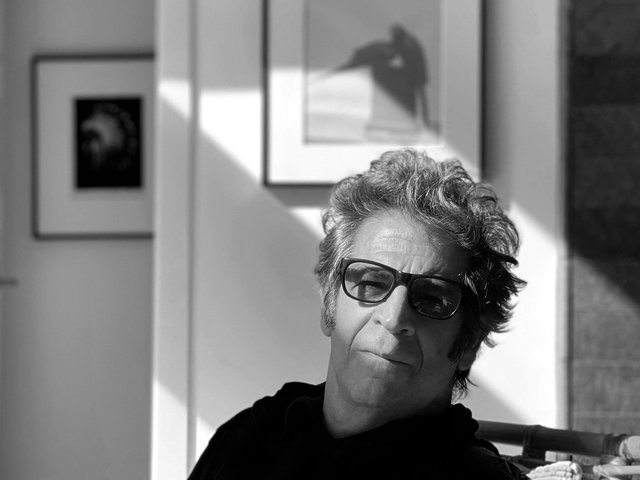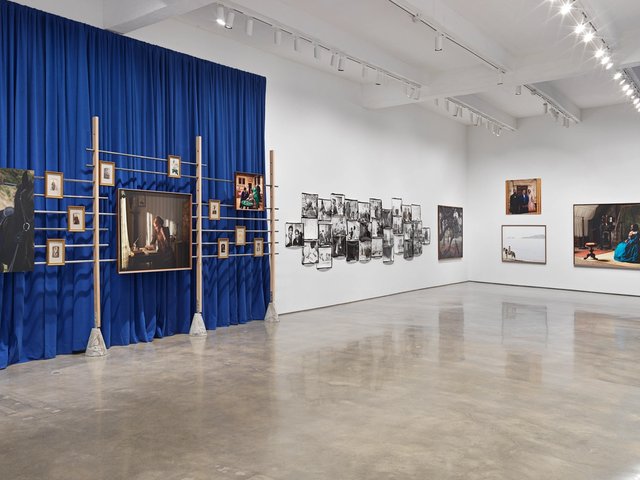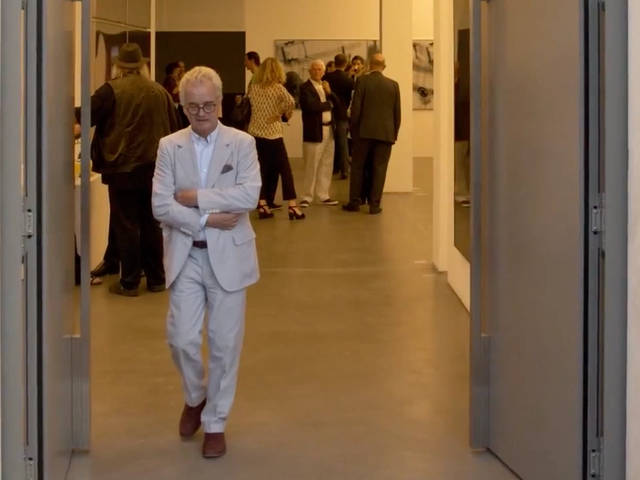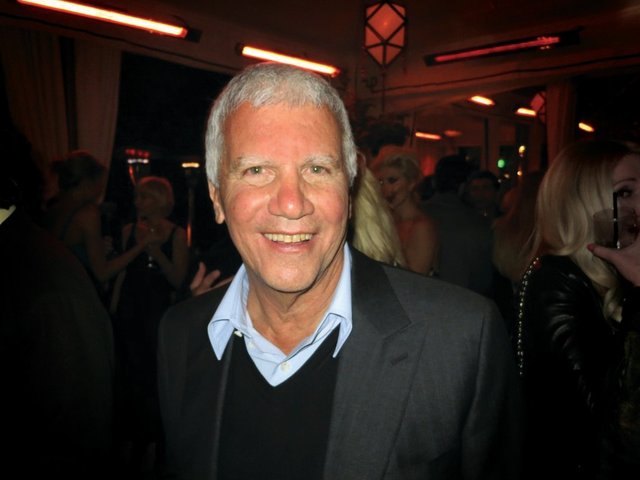Metro Pictures was known for independence and curatorial care—deep commitment rather than deep pockets. That approach worked for four decades. Founded in New York by two women who went to junior-high school together in Los Angeles, the gallery was always a single space: first in Soho, then in Chelsea, with a short-lived branch in East Hampton.
“Everybody is trying to create multiple outposts, and they just stayed in New York and made it work,” says Sophie Chahinian, who is making Pictures of Pictures: The Metro Years, a feature documentary about the gallery that represented many artists associated with the Pictures Generation group—including Louise Lawler, Cindy Sherman, Robert Longo and Walter Robinson. “It’s kind of miraculous. There’s some sense to it, and also some magic,” Chahinian says.
In 1980, Janelle Reiring left Leo Castelli Gallery to found Metro Pictures with Helene Winer, who at the time was the director of the Lower Manhattan nonprofit Artists Space.
“They were integrity-driven, they were driven by their artists, they were driven by their programme, and they didn’t really pay a lot of attention to the thing that galleries pay attention to right now, which is basically the bottom line,” Chahinian says.
With a loan from her family, Winer bought the gallery’s first home in Soho. “It was about $12,000. Those were the days,” she says. “The story of how the art world has changed in the 40-some years that we were open is more interesting than the gallery per se. It was so small. There were only maybe five galleries showing new young artists. It’s unbelievable.”
Podcast | A brush with… Robert Longo
“It was a clubhouse,” says Robert Longo, Chahinian’s husband. Longo had relocated from Buffalo when he and his then-partner Cindy Sherman joined the gallery, which represented some of his friends and other artists.
Longo recalls: “I trusted them completely. I think women art dealers are held to a higher standard. I never had any business problems with them, ever. They were super honest, and they were incredibly supportive.” Longo now shows with Pace Gallery and with Thaddaeus Ropac in Europe. Sherman is represented by Hauser & Wirth.
A time of different expectations
Things were not always easy in the early days at Metro Pictures, not even for Sherman. “People didn’t understand that she was an artist using photography,” Longo says. “You couldn’t fucking give those movie stills away in the beginning. They were being sold for $50.” In December 1995, Metro Pictures sold a complete set of Sherman’s Untitled Film Stills (1977–80) to the Museum of Modern Art in New York for $1m, averaging $14,492 per print; editions from the series now routinely sell for more than ten times that at auction.
Metro Pictures came up at a time when artists approached their work and the market with different expectations. “Cindy and I, we never thought we were going to make any money being artists, never,” Longo says. “We thought we’d maybe get a stipend. Making money was never on the menu.”
Or almost never. “I remember one time when I found out that Julian Schnabel’s work was selling for more than mine and I got very upset about it,” Longo recalls. “I went to the gallery and said, ‘I’m going to fucking kill myself.’ And Janelle said to me, ‘It won’t work. They’ll just forget you.’ And I realised, when she said that, it gave me this motivation to survive.”
Reiring, recalling that exchange, adds: “I just said, ‘You haven’t done enough work yet to be famous.’” Artists, Winer says, “have lots of desires, and hopes, and ups and downs. And they watch each other’s careers closely.” That much has not changed in the 45 years since Metro Pictures opened its doors.
The market in which Metro Pictures thrived was transformed not by artists but by mega-galleries, which made the model of a curated gallery run by two people in one city a business anachronism facing extinction.
“Of course, everybody loved us after we announced that we were closing,” Reiring says. Both Reiring and Winer moved back to Los Angeles after shutting the gallery in 2021.
“It’s just about the competitive environment and what you have to do to survive as a gallery now,” Winer says. “About the early years, I can get nostalgic, but it’s so long ago it seems like reading a book about somebody’s old gallery.”
Or like watching a documentary. Chahinian expects to finish Pictures of Pictures in early 2026.






